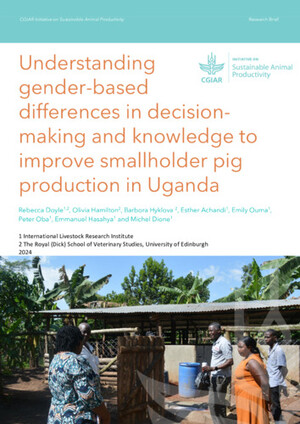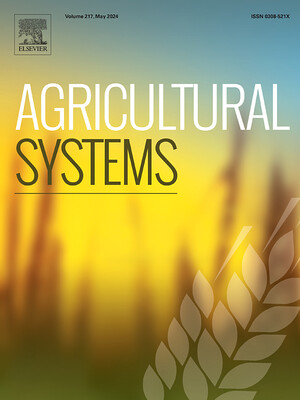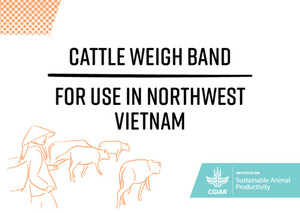
Risk factors of African swine fever virus in suspected infected pigs in smallholder farming systems in South-Kivu province, Democratic Republic of Congo
Abstract
Background African swine fever (ASF) is an infectious viral disease of domestic pigs that presents as a hemorrhagic fever, and for which no effective vaccine is available. The disease has a serious negative social and economic impact on pig keepers. There is limited information on the potential risk factors responsible for the spread of ASF in South Kivu. Objective The aim of this study was to determine the potential risk factors associated with ASF infection in suspected ASF virus (ASFV)-infected pigs. Methods We sampled whole blood from 391 pigs. Additionally, 300 pig farmers were interviewed using a structured questionnaire. Viral DNA was detected by using the real-time polymerase chain reaction technique. Results The majority of pigs sampled, 78% (95% confidence interval [CI], 74.4–82.6), were of local breeds. Over half, 60.4% (95% CI, 55.5–65.2), were female, and most of them, 90.5% (95% CI, 87.6–93.4), were adult pigs (> 1 year old). Viral DNA was detected in 72 of the 391 sampled pigs, indicating an overall infection rate of 18.4% (95% CI, 14.5–22.4). Multivariable logistic regression analysis revealed several risk factors positively associated with ASFV infection: feeding with swill in pen (odds ratio [OR], 3.8; 95% CI, 2.12–6.77); mixed ages of pigs in the same pen (OR, 3.3; 95% CI, 1.99–5.57); introduction of new animals to the farm (OR, 5.4; 95% CI, 1.91–15.28). The risk factors that were negatively (protective) correlated with ASFV positivity were the presence of male animals and the use of an in-pen breeding system. Conclusion Local pig farmers should be encouraged to adopt proper husbandry and feeding practices in order to increase the number of ASF-free farms.
Citation
Bisimwa, P.N., Dione, M., Basengere, B., Mushagalusa, C.A., Steinaa, L. and Ongus, J. 2021. Risk factors of African swine fever virus in suspected infected pigs in smallholder farming systems in South-Kivu province, Democratic Republic of Congo. Journal of Veterinary Science 22(3): e35.










